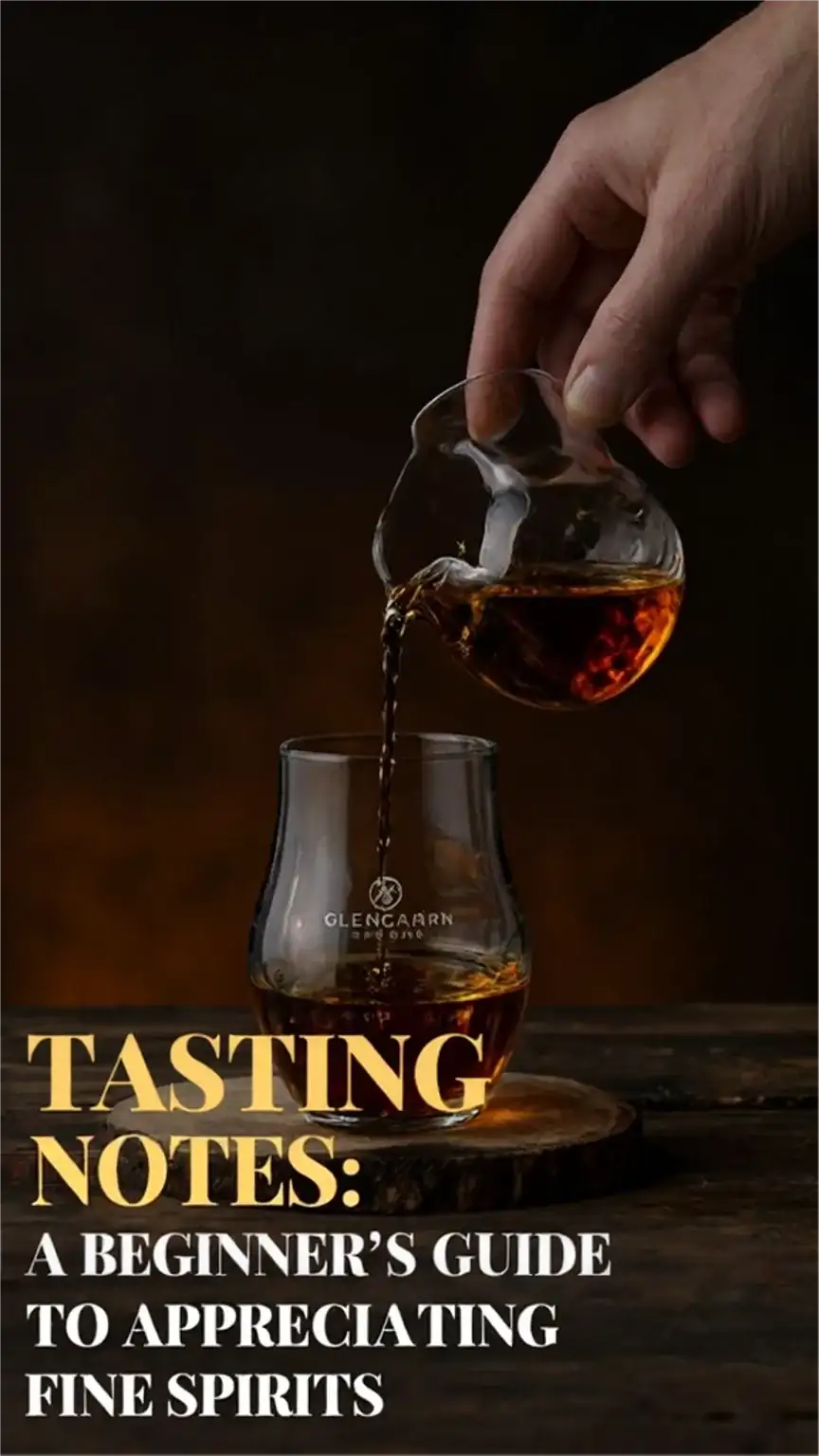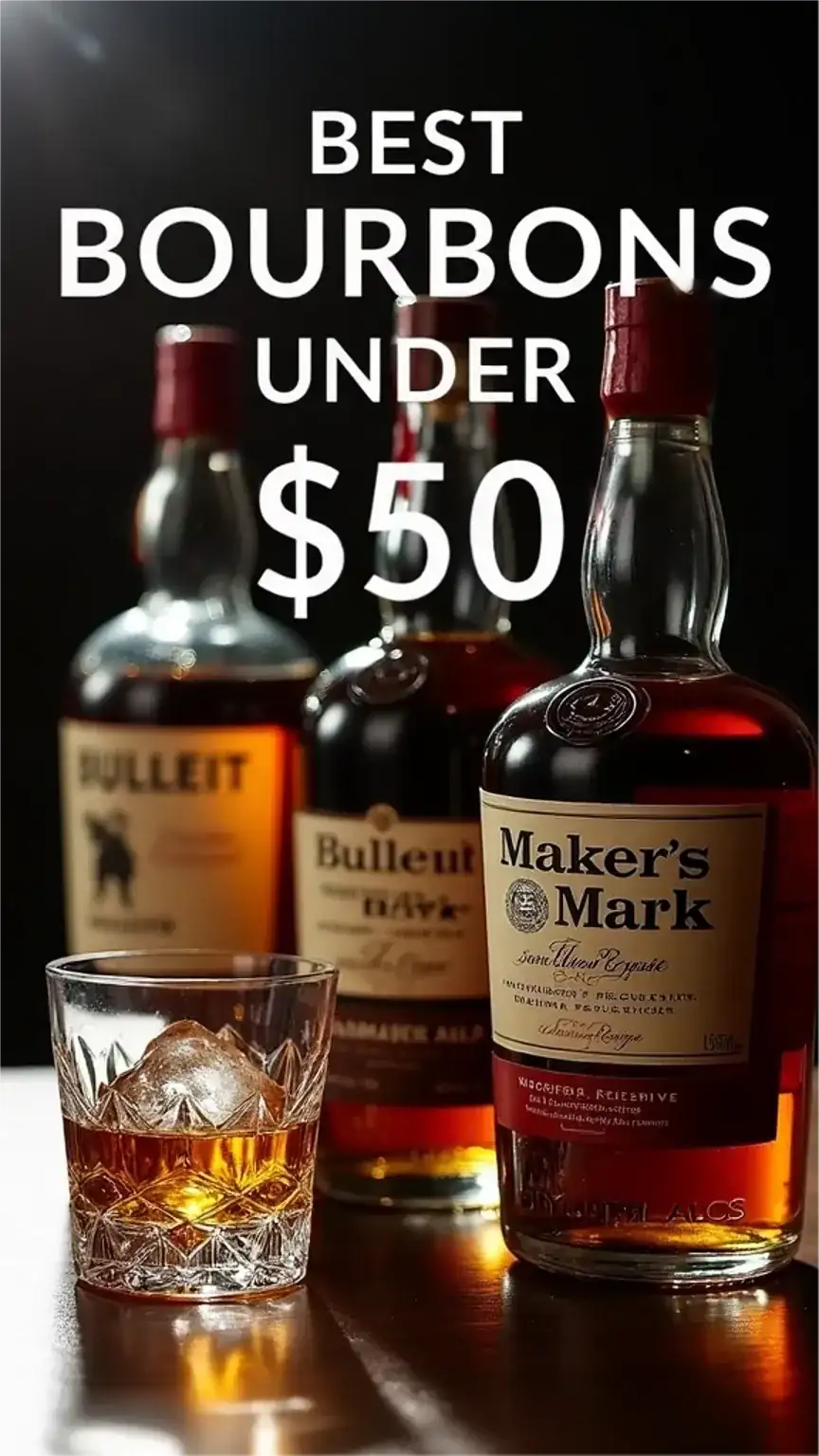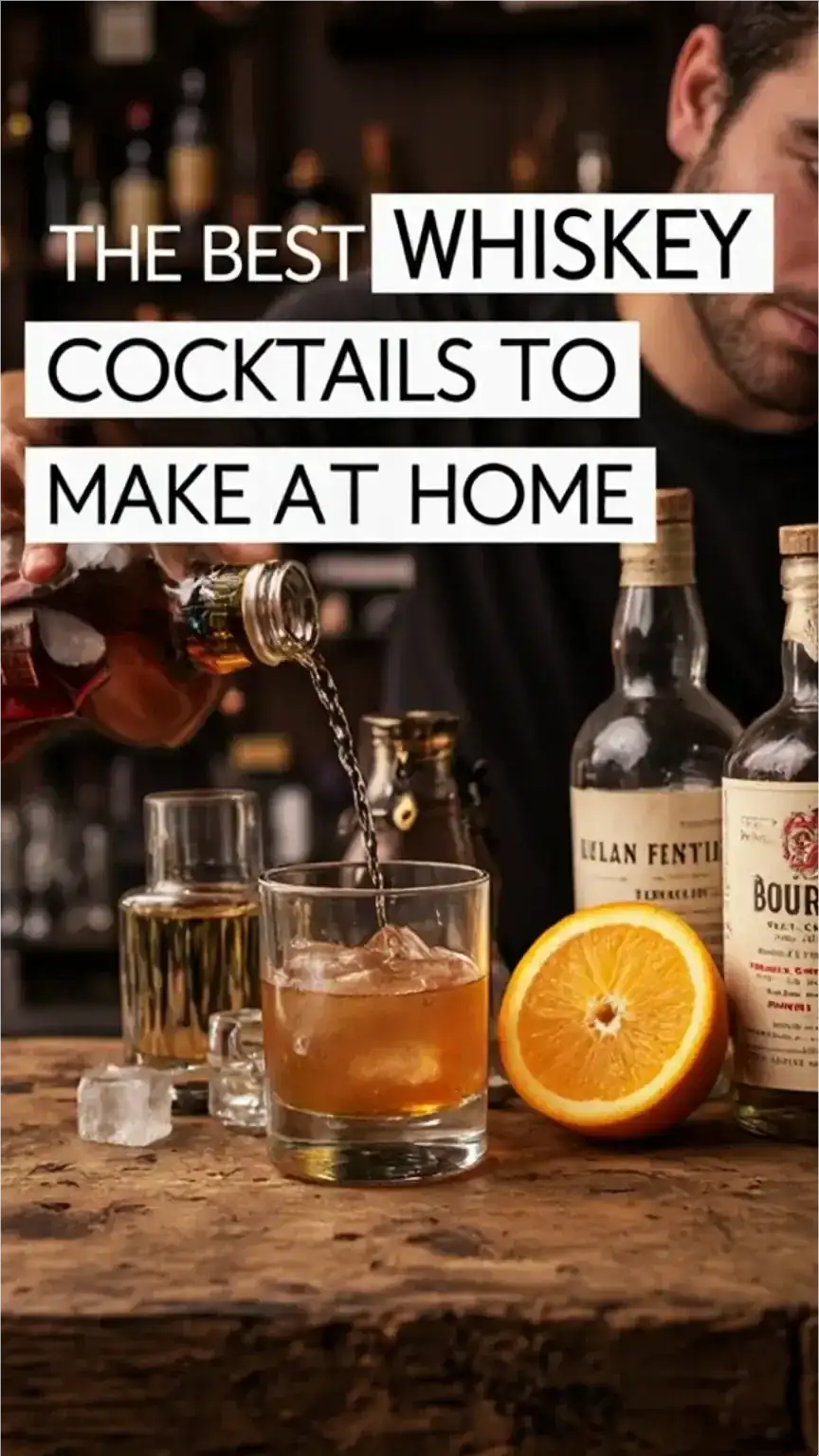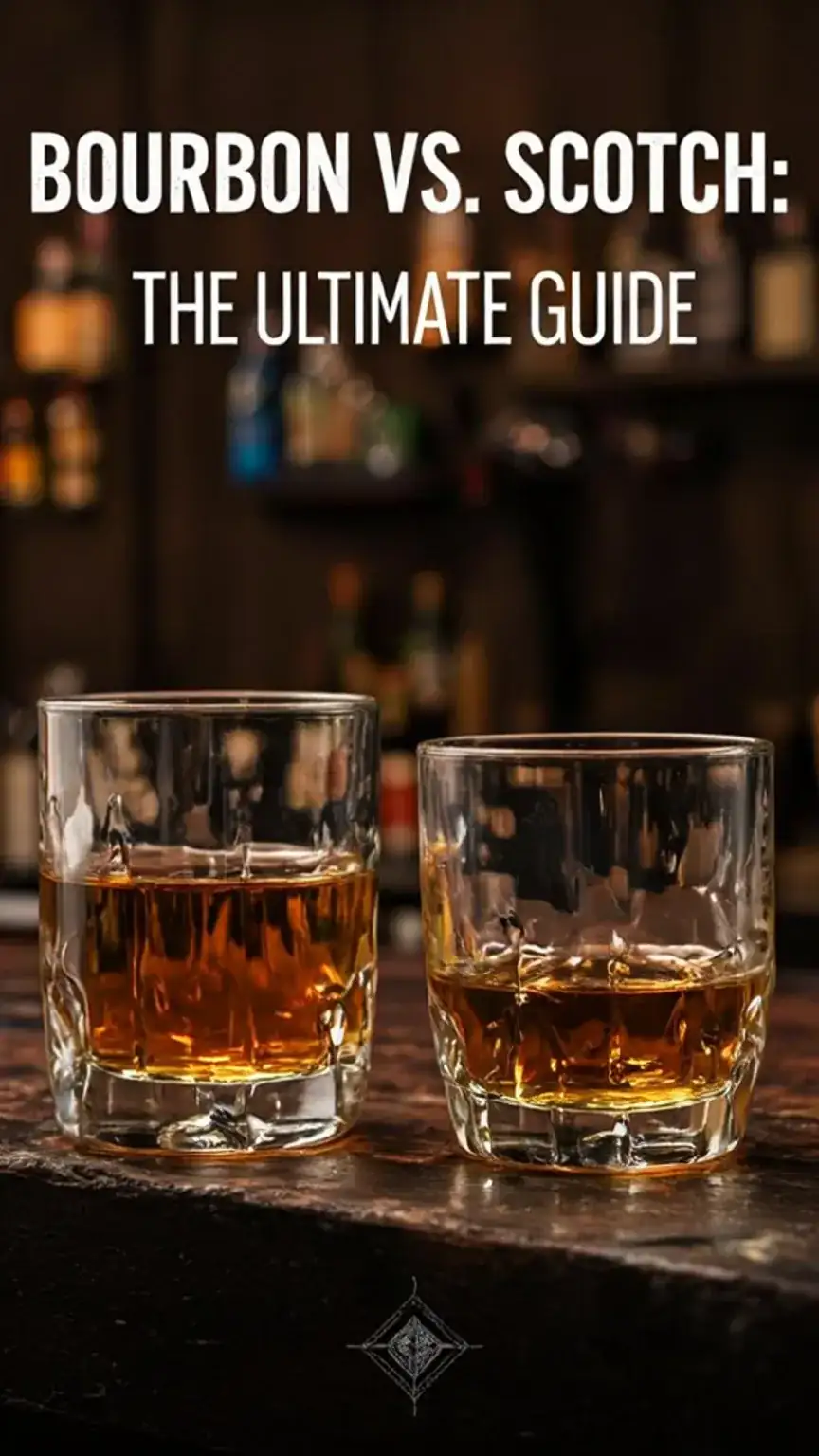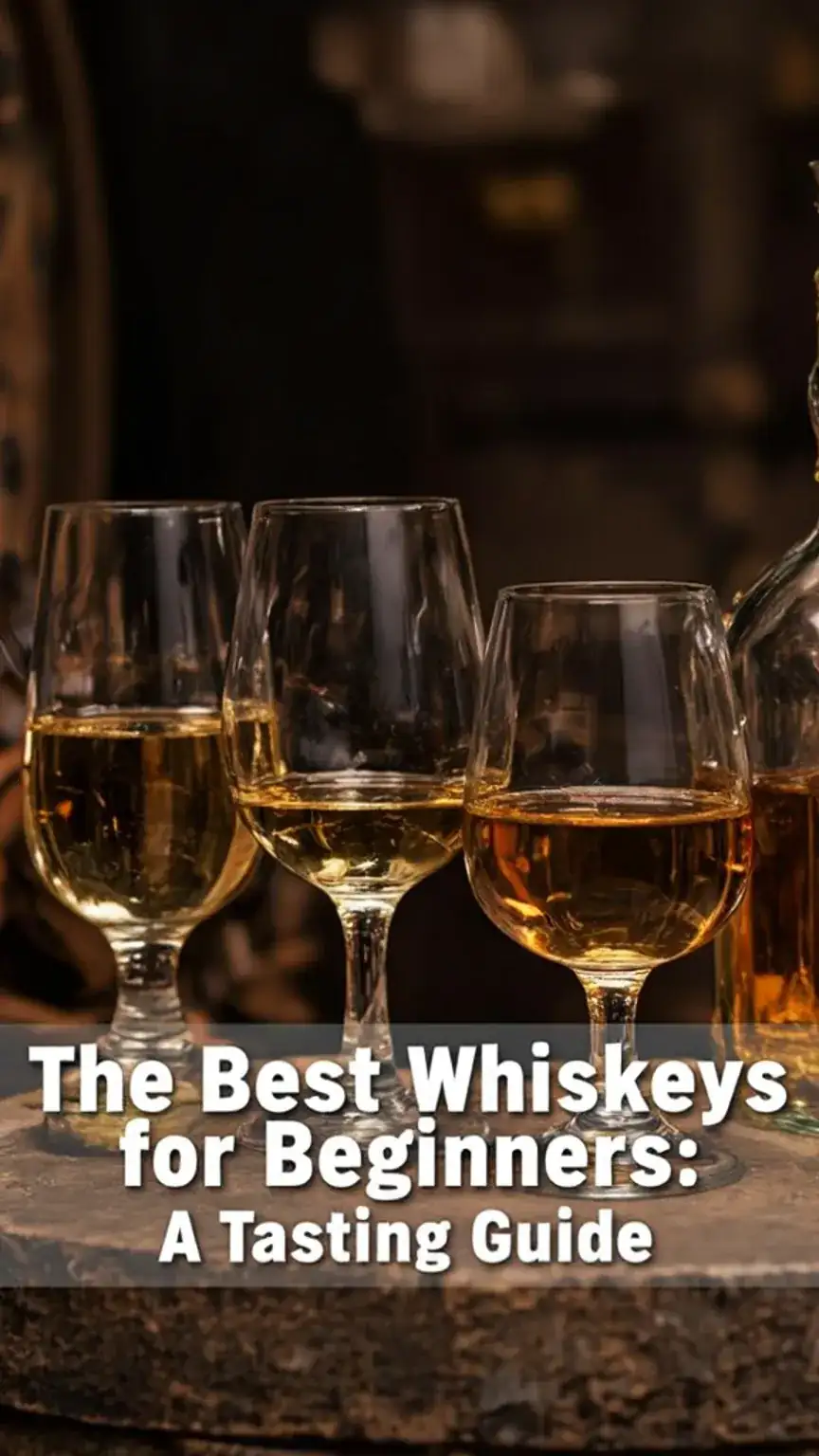⚠️ Gentleman’s Notice – Alcohol content inside. Savor responsibly.
As a guy who’s navigated the waters of life, from the bustling automotive industry to the quieter pursuits of Connecticut living, I’ve learned that some experiences truly deepen with a little understanding. Appreciating fine spirits is one of them. It’s not just about sipping; it’s an art that requires patience, attention to detail, and a genuine willingness to learn. Forget those nights of just “chugging” – we’re talking about unlocking a world of nuanced flavors and aromas.
For too long, the world of fine spirits has felt intimidating, reserved for the seasoned connoisseur with a cellar full of aged bottles. But let’s be honest, most of us started with a basic understanding, maybe a go-to brand for special occasions. The good news? Developing your palate is an accessible and rewarding journey. Imagine walking into a sophisticated gathering, confidently discussing the subtle notes of a single malt scotch or a vintage rum. That confidence isn’t just about the drink; it’s about the knowledge and appreciation you bring to the table.
This isn’t about pretentiousness; it’s about elevating a simple pleasure into a richer experience. Think of it like appreciating a finely tuned engine – the difference between just hearing noise and understanding the symphony of mechanics. Similarly, understanding spirit tasting unlocks a new dimension of enjoyment. So, whether you’re a seasoned sipper looking to refine your skills or a curious newcomer ready to explore, this guide is your starting point. We’ll break down the process, making it approachable and, dare I say, enjoyable.
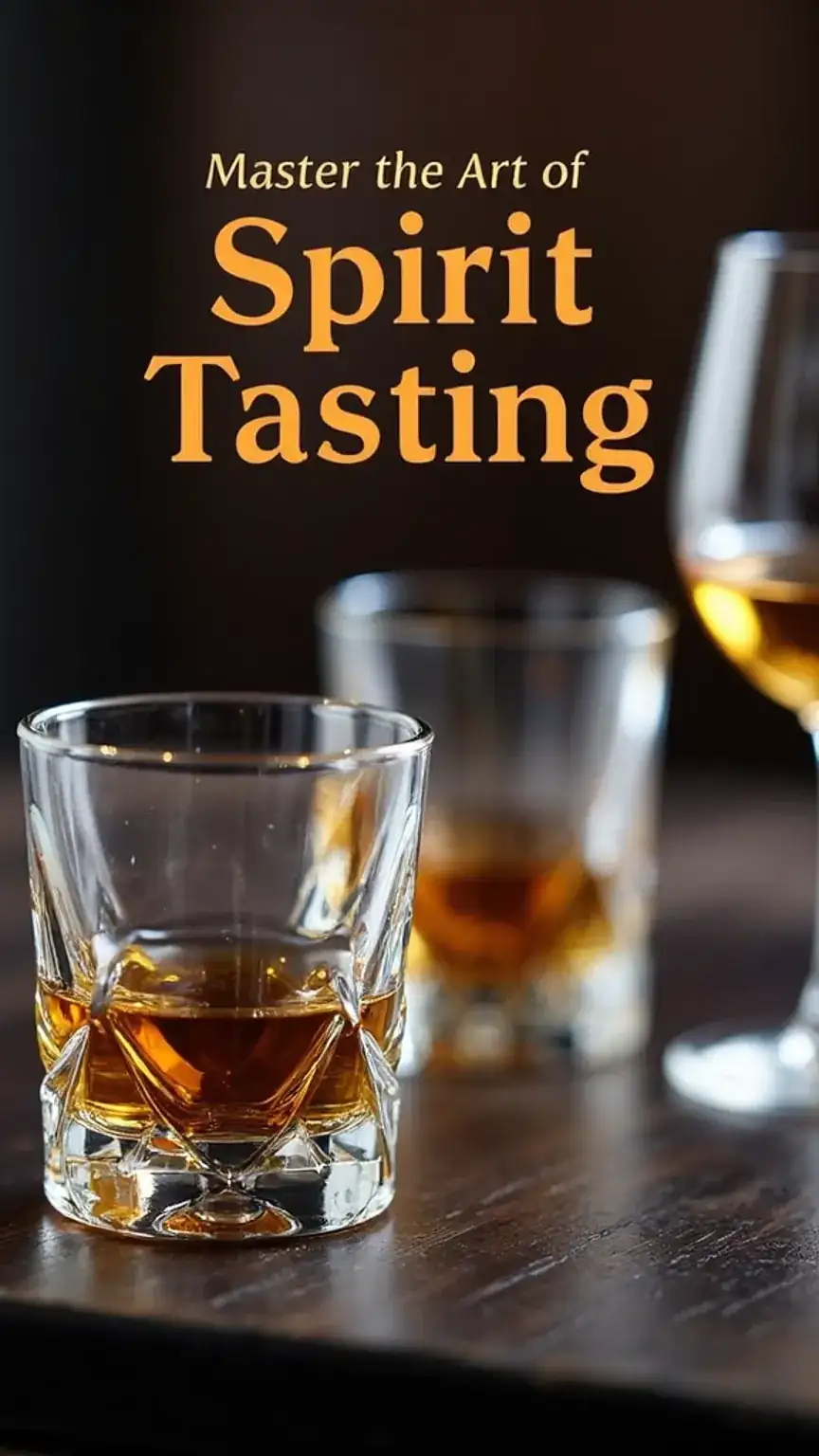
The Foundation: What You Need to Get Started
Before we dive into the tasting itself, setting the stage is crucial. Just like a great meal requires good ingredients and the right cookware, appreciating spirits demands a few key elements. We’re not talking about an elaborate setup, but rather thoughtful choices that enhance your sensory experience. This initial preparation ensures you’re not just drinking, but truly tasting.
This journey is about engaging all your senses, not just taste. The aroma, the visual appeal, and even the texture of the spirit play significant roles. Therefore, starting with the right tools is paramount. It’s a small investment for a significant upgrade in your appreciation. Furthermore, a calm, distraction-free environment will allow you to focus on the nuances of each spirit.
Step 1: Choose the Right Glassware – The Vessel of Flavor
When it comes to tasting spirits, the right glassware can make all the difference. It’s not merely about aesthetics; it’s about function. The shape of the glass is designed to concentrate the aromas, allowing you to fully appreciate the spirit’s bouquet. For instance, a glass that’s too wide might let the volatile compounds escape too quickly, diminishing the aromatic experience.
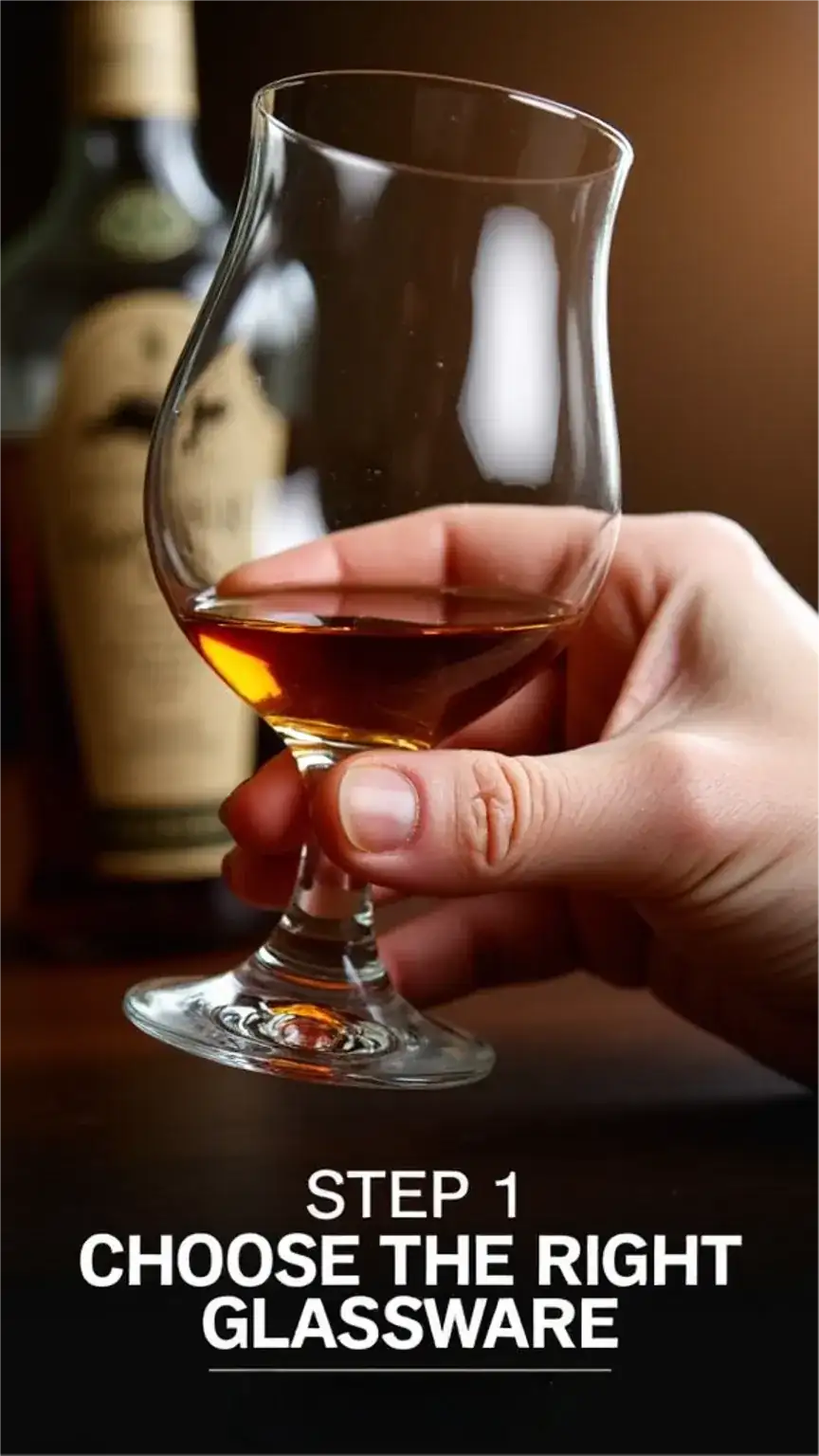
For whiskey, a Glencairn glass is a fantastic choice. Its tulip shape is specifically designed to capture and direct the aromas towards your nose. This allows you to detect subtle notes like oak, vanilla, or even peat smoke more effectively. Similarly, other spirits benefit from specific glassware. For brandy or cognac, a snifter glass with a wider bowl and a narrow rim is ideal.
For rum, a tasting glass similar to a Glencairn or a small tumbler works well, allowing the complex molasses and fruit notes to unfurl. Even for lighter spirits like gin or vodka, a stemmed tasting glass can help prevent your hand from warming the spirit and clouding the delicate aromas. Choosing the appropriate glass is your first act of intentional appreciation.
Step 2: Nose It – The Olfactory Overture
The nose is arguably one of the most important senses when it comes to tasting spirits. Before you even take a sip, you need to engage your sense of smell. This initial aroma assessment provides crucial clues about the spirit’s character, origin, and aging process. Take a deep sniff and see what you can pick up on. Are there notes of vanilla, caramel, or perhaps something more subtle like leather, tobacco, or even floral hints?

Don’t just take one big inhale. Try a gentle “short sniff” first, then a slightly deeper “long sniff.” This approach helps you pick up different layers of aroma without overwhelming your senses. If the alcohol is potent, you might even want to “slurp” a little air through the spirit in the glass – this is called aeration and can help to mellow the harshness and reveal more delicate scents.
Pay attention to how the aroma evolves as you let the spirit sit in the glass for a moment. Does it become richer? Do new scents emerge? This process, known as “nosing,” is where you begin to build a mental profile of the spirit. For example, a bourbon might present with notes of corn, vanilla, and baking spices, while a scotch might offer peat, brine, or maritime characteristics.
Step 3: Take a Sip – The Palate’s Prologue
Now it’s time to engage your taste buds. Take a small sip, allowing the spirit to coat your tongue. Pay attention to the texture, the flavor, and the initial impression. Is it smooth and silky, or is it bold and fiery? Does it feel thick or thin on your palate? This is where the true character of the spirit begins to reveal itself.
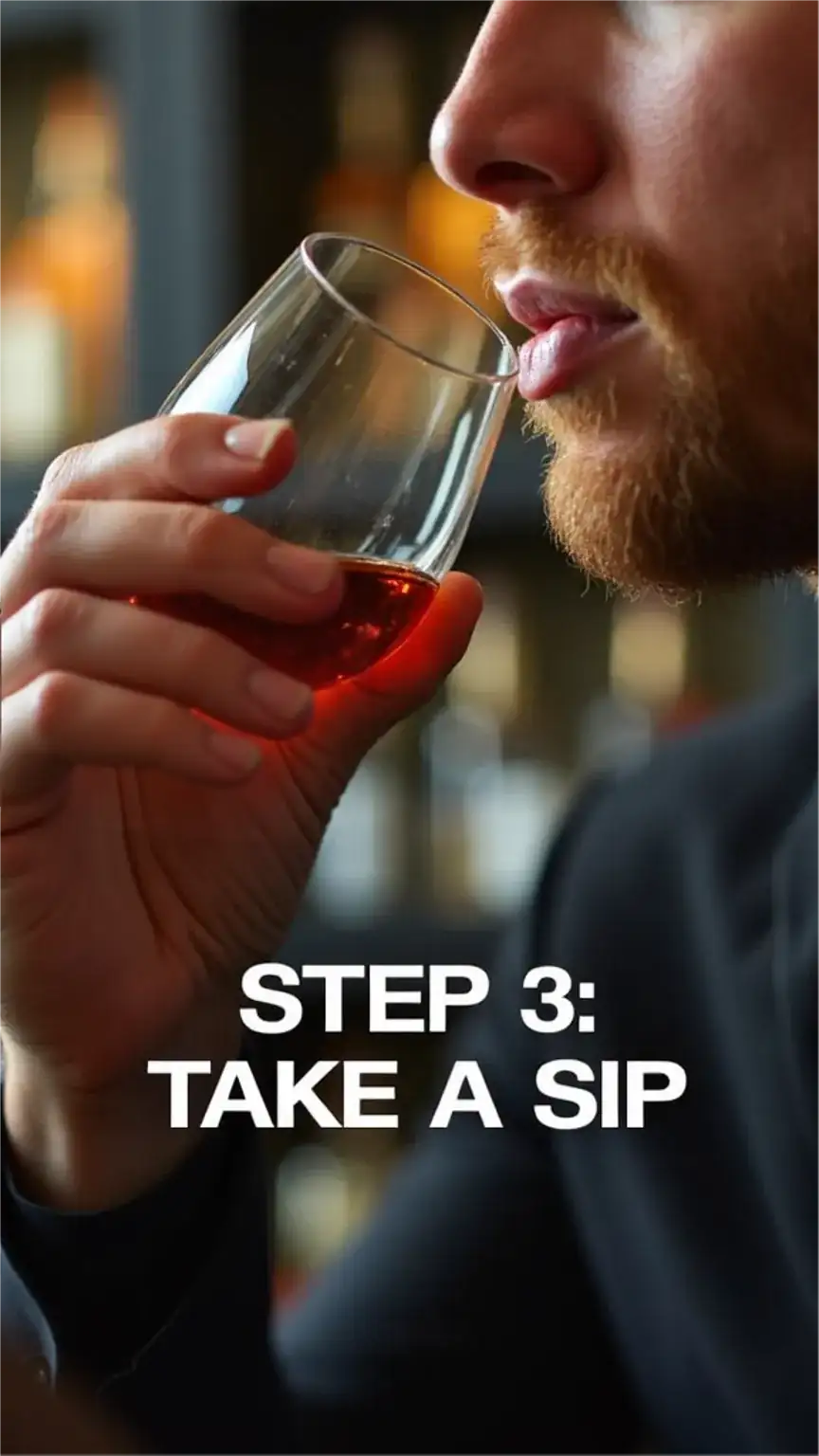
As you swish the spirit around your mouth, try to identify specific flavors. Are they sweet, bitter, sour, or savory? Think about common flavor profiles: fruits (citrus, berries, tropical), spices (cinnamon, nutmeg, pepper), wood (oak, char), or even confectionary notes like chocolate or caramel. The interplay of these flavors is what makes each spirit unique.
Don’t be discouraged if you don’t immediately identify specific notes. It’s perfectly normal, especially when you’re starting. The goal is to simply observe your immediate reactions. Does the spirit make your mouth water? Does it create a pleasant warmth? These are all valid observations that contribute to your overall appreciation.
Step 4: Evaluate the Finish – The Lingering Impression
The finish is the last sensation you experience when tasting a spirit, and it’s often where the true quality and complexity are revealed. This is where the flavors linger on your palate after you’ve swallowed or spit out the spirit. Take a moment to savor this aftertaste and see if it’s something you’d want to revisit.
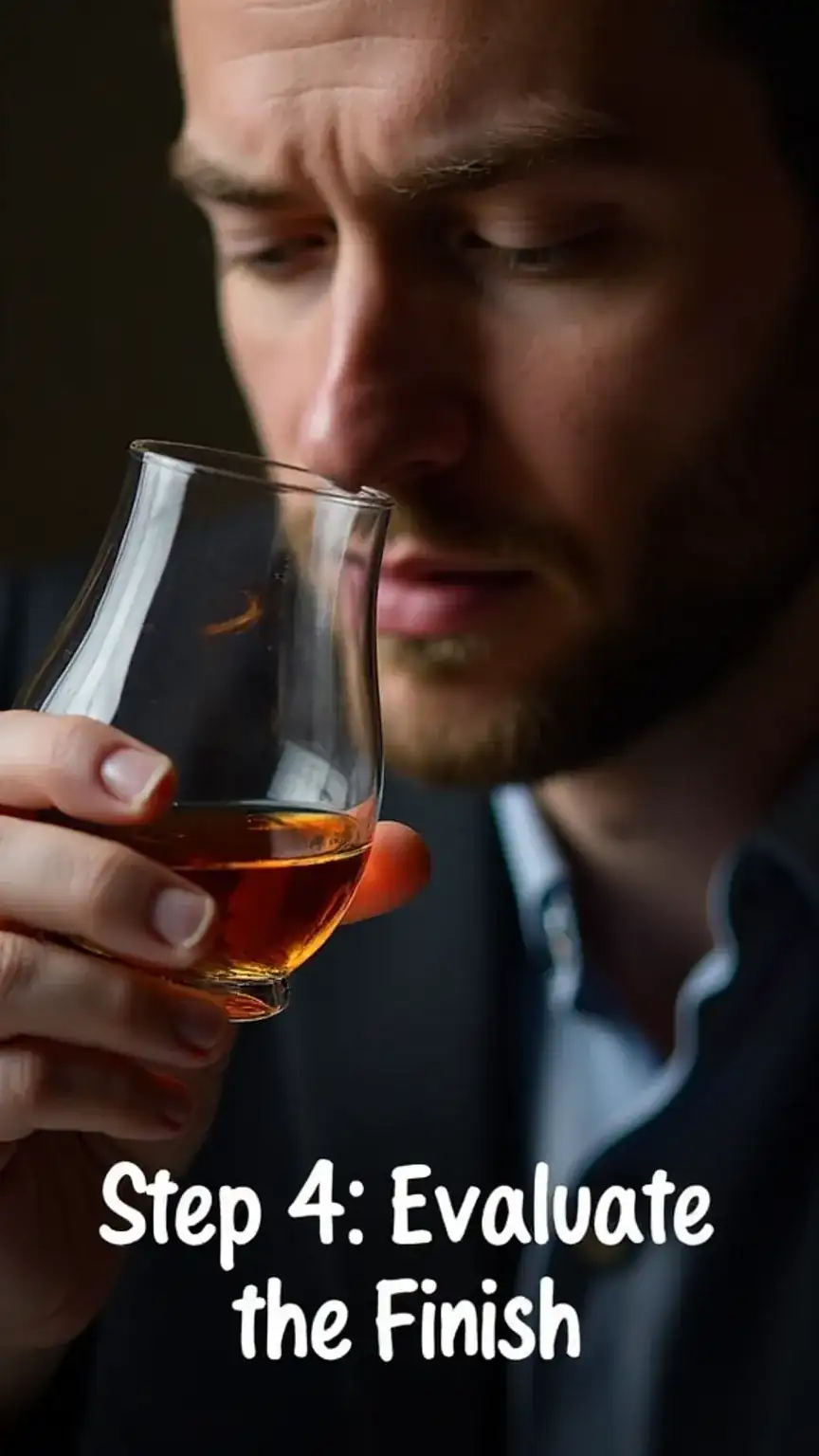
A good finish can be long, complex, and satisfying. It might echo the initial flavors, or it might introduce new, subtle nuances. Conversely, a poor finish might be short, harsh, or leave an unpleasant aftertaste. Consider the duration of the finish – is it fleeting, or does it evolve and persist for several minutes?
The finish can also provide insights into the spirit’s distillation and aging process. For example, a well-aged whiskey might have a smooth, lingering finish with notes of oak and dried fruit. A young, unaged spirit might have a sharper, cleaner finish. This evaluation is about understanding how the spirit leaves you feeling and what lasting impression it makes.
Step 5: Repeat and Refine – The Connoisseur’s Cadence
The more you taste, the more you’ll develop your palate and your ability to discern different flavors and aromas. Repeating the tasting process with the same spirit, or comparing different spirits side-by-side, is crucial for refinement. Take notes during each step of the tasting. Jot down the aromas you detect, the flavors you experience, and your impressions of the texture and finish.
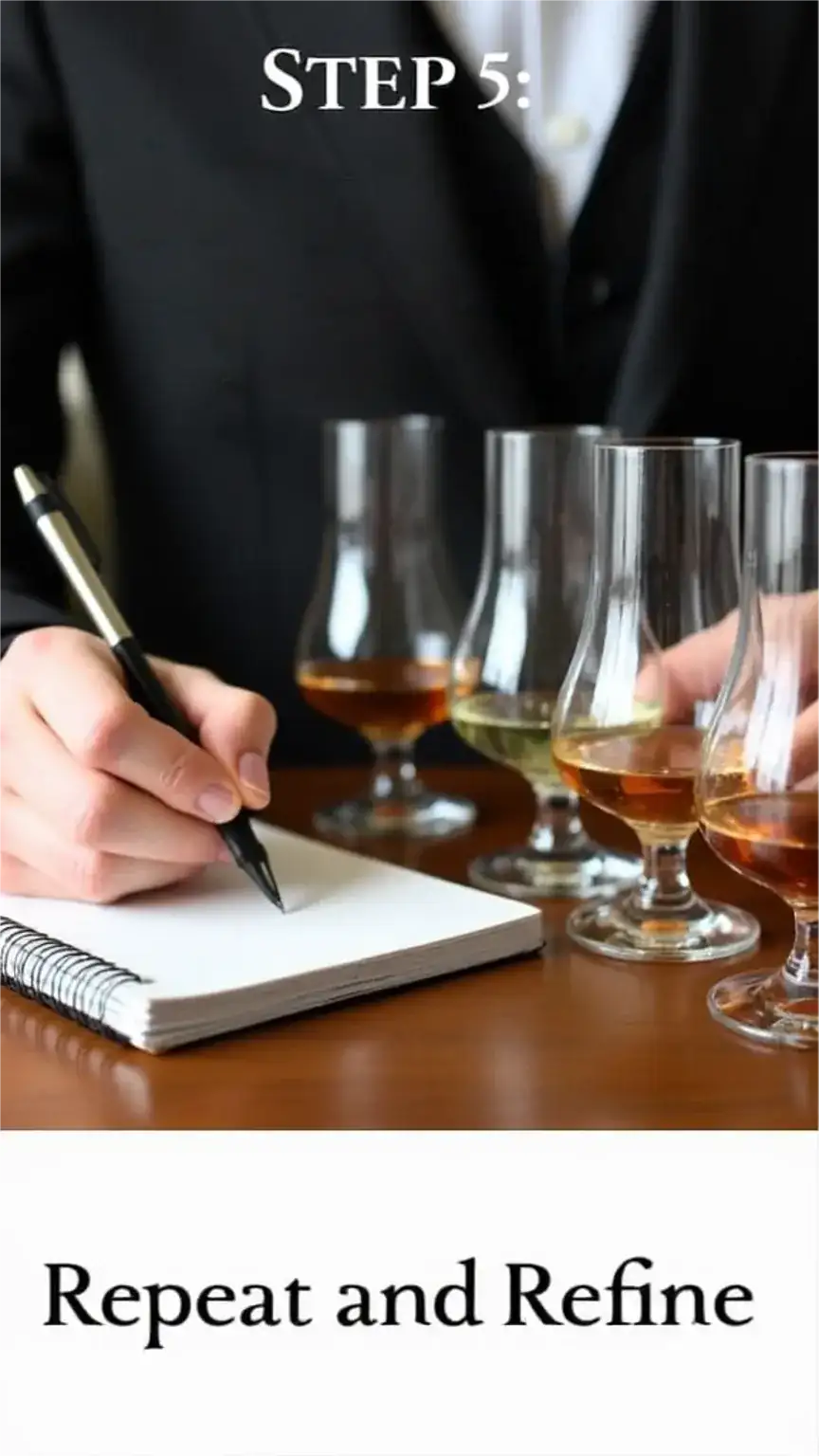
This practice is akin to honing any skill, whether it’s mastering a golf swing or perfecting a barbecue rub. Consistent effort and focused attention lead to improvement. You’ll start to notice patterns and develop your own vocabulary for describing what you’re experiencing. For example, you might begin to differentiate between “sweet oak” and “dry oak” or identify specific spice notes.
Don’t be afraid to experiment. Try tasting spirits neat first, then add a drop or two of water. This can often open up the spirit, mellowing the alcohol and revealing new layers of flavor. Comparing a spirit with a splash of water to its neat version can be incredibly insightful.
Bonus Tip: Experiment with Water – The Flavor Unveiler
Some spirits, especially those with a high proof, can be quite strong and intimidating. Consequently, it’s a good idea to experiment with adding a small amount of water to see how it affects the flavor. A few drops of clean, still water can act as a “key,” unlocking hidden aromas and flavors that might otherwise be masked by the alcohol’s intensity.
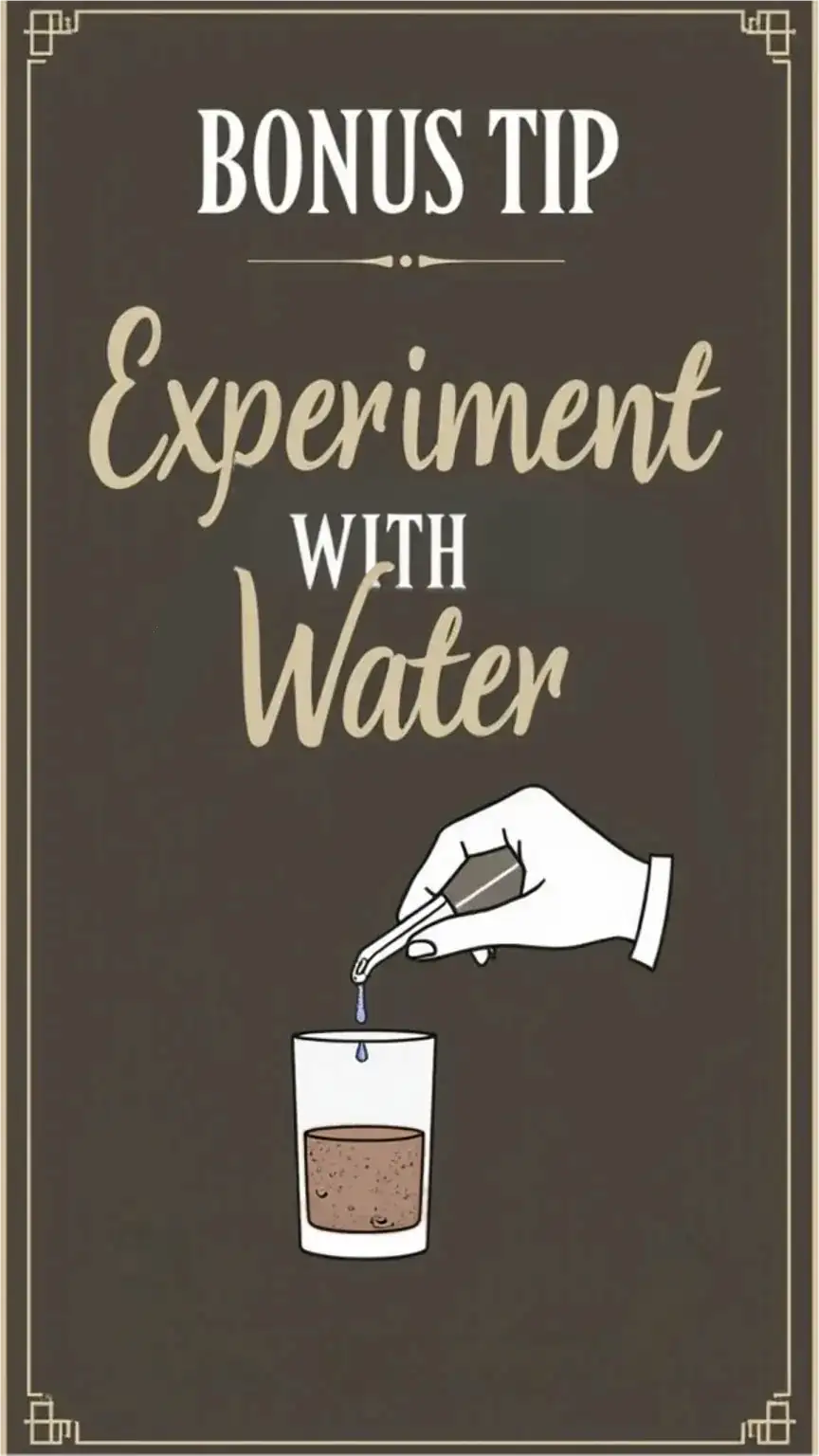
When adding water, start with just a drop or two. Swirl the glass gently and let it sit for a moment before nosing and tasting again. You might be surprised at how a little water can transform the spirit. It can soften the burn, bring forward fruity or floral notes, and create a more balanced and enjoyable drinking experience. This technique is particularly effective with whiskies, rums, and other aged spirits.
Think of water as a tool to help the spirit express itself more fully. It doesn’t dilute the quality; rather, it can enhance the perception of complexity. This simple adjustment can turn a harsh sip into a nuanced delight. It’s a subtle yet powerful way to deepen your appreciation.
Recommended Spirits for Beginners – Your First Pour
If you’re just starting out on this fascinating journey, choosing the right spirits can make the learning process more enjoyable and less overwhelming. The goal is to select spirits that are generally approachable, well-made, and offer a good representation of their category. These are fantastic starting points that won’t break the bank but will offer a solid tasting experience.

Here are a few spirits that are perfect for beginners, offering a spectrum of flavors without being overly challenging:
Whiskey
- Jameson Irish Whiskey: Known for its smooth, approachable character with notes of fruit and spice, it’s a classic entry point.
- Glenfiddich 12 Year Old: A quintessential Speyside Scotch, offering a balanced profile of pear, oak, and a hint of smoke.
- Maker’s Mark Bourbon: A wheated bourbon, it’s famously smooth with sweet notes of caramel and vanilla, making it very forgiving for beginners.
Rum
- Appleton Estate Signature Blend: A Jamaican rum that showcases the island’s signature rich, fruity, and slightly spicy character.
- Mount Gay Eclipse: A Barbados rum offering a delightful balance of fruit, spice, and a smooth, slightly sweet finish.
Vodka
- Grey Goose: Renowned for its exceptionally smooth and clean profile, it’s a premium choice that highlights the purity of the spirit.
- Ketel One: Offers a crisp, clean taste with subtle hints of citrus and a smooth mouthfeel, making it a versatile option.
These recommendations are designed to provide a positive and informative introduction to the world of fine spirits. As you gain confidence and refine your palate, you can gradually explore more complex and diverse offerings. Remember, the most important ingredient is your own curiosity and willingness to explore.
Conclusion: Your Journey to Connoisseurship Begins
Appreciating fine spirits is an art that takes time, practice, and an open mind. It’s a journey of discovery, where each bottle offers a new story and a unique sensory experience. By following these simple steps – from selecting the right glassware to carefully nosing, sipping, and evaluating the finish – you’ll be well on your way to becoming a more discerning and confident spirit enthusiast.
Don’t feel pressured to identify every single note immediately. The beauty of this pursuit lies in the gradual development of your palate and your personal connection to each spirit. Embrace the process, enjoy the exploration, and savor the moments of revelation. Remember to always drink responsibly, and never drink and drive.
Ready to elevate your spirits game? Start by choosing one of the beginner-friendly spirits recommended above and practice these tasting techniques. Share your tasting notes and discoveries with us using #SpiritExplorer and tag a friend who needs a taste of sophisticated enjoyment!
